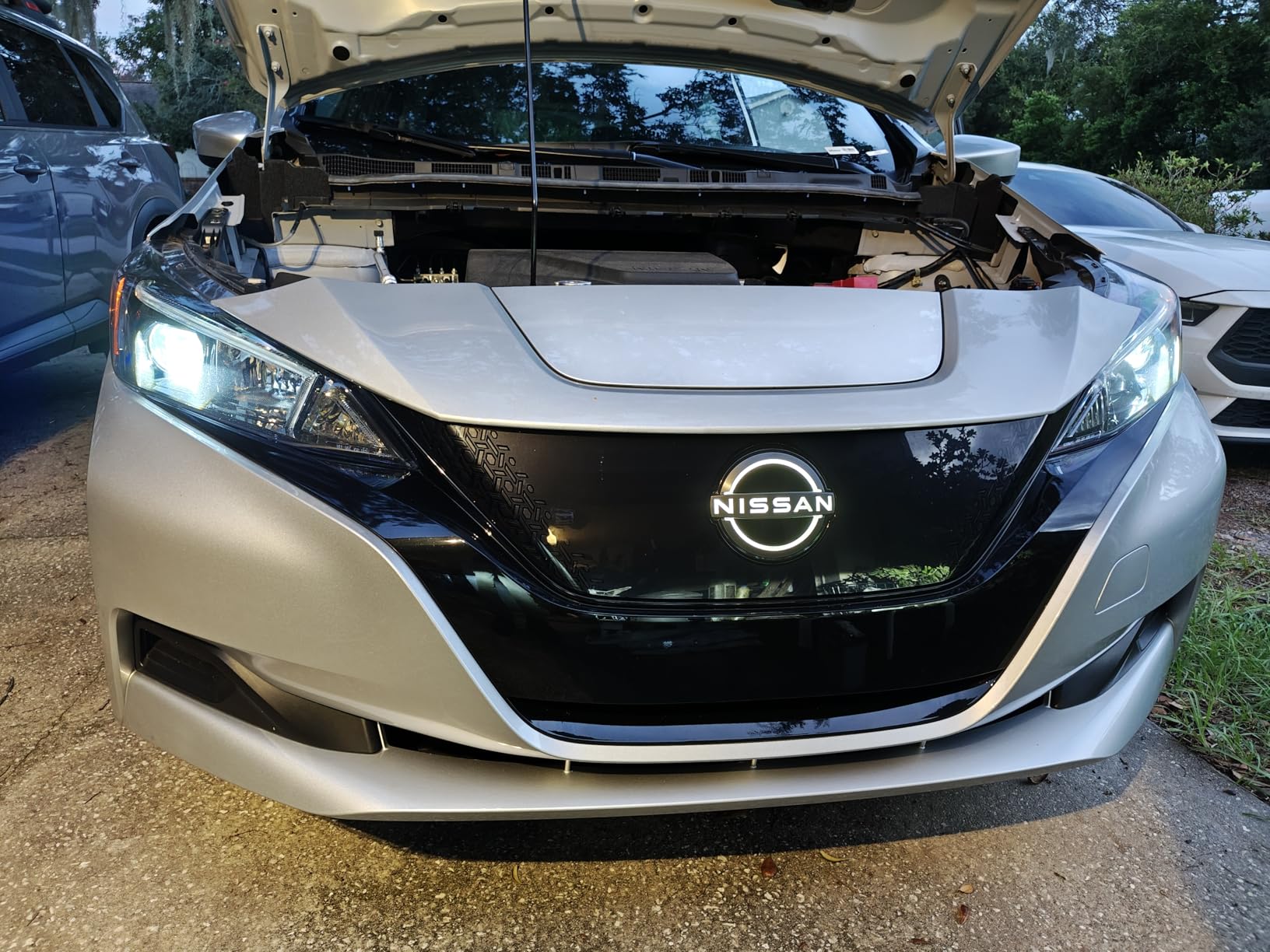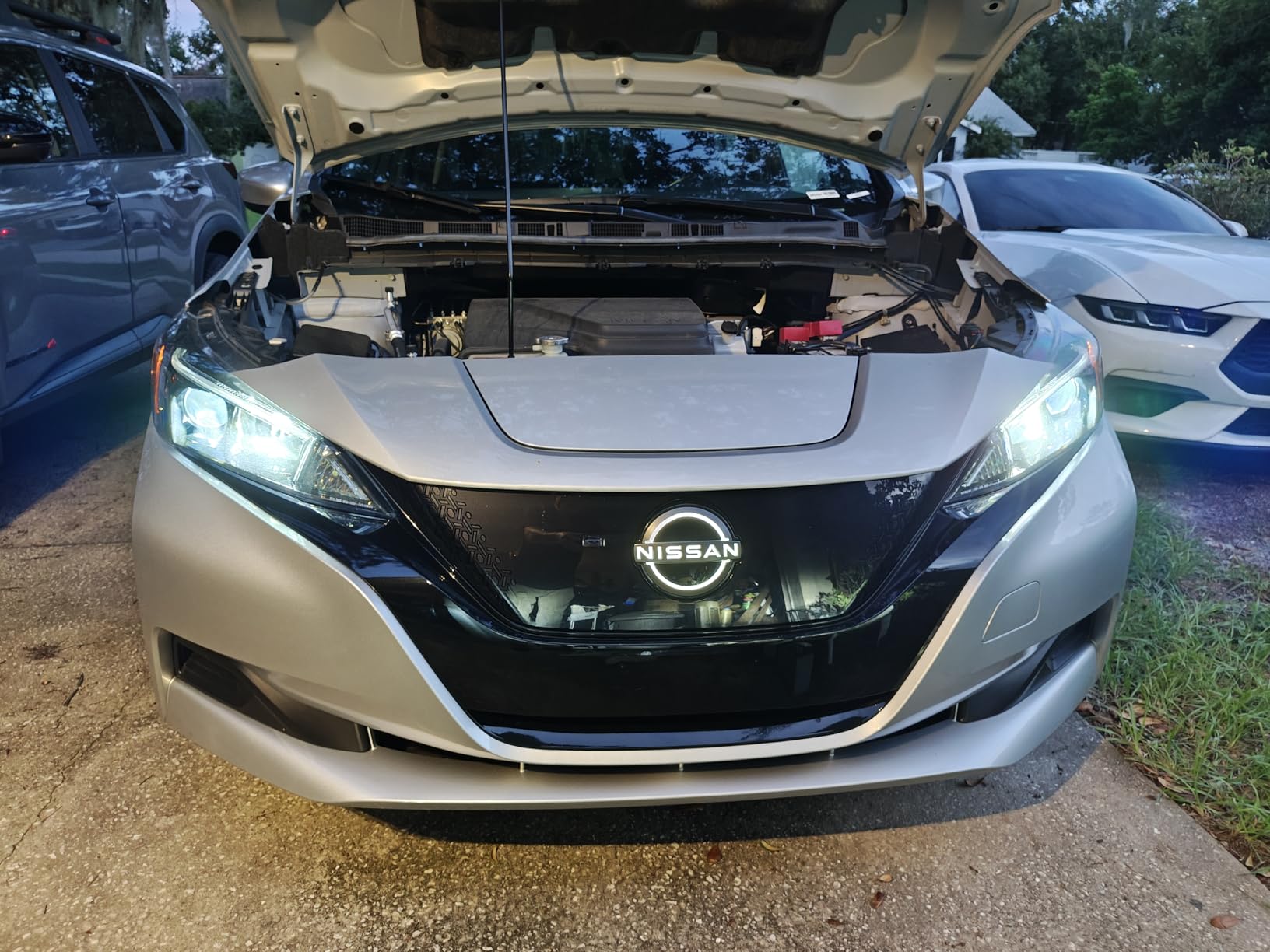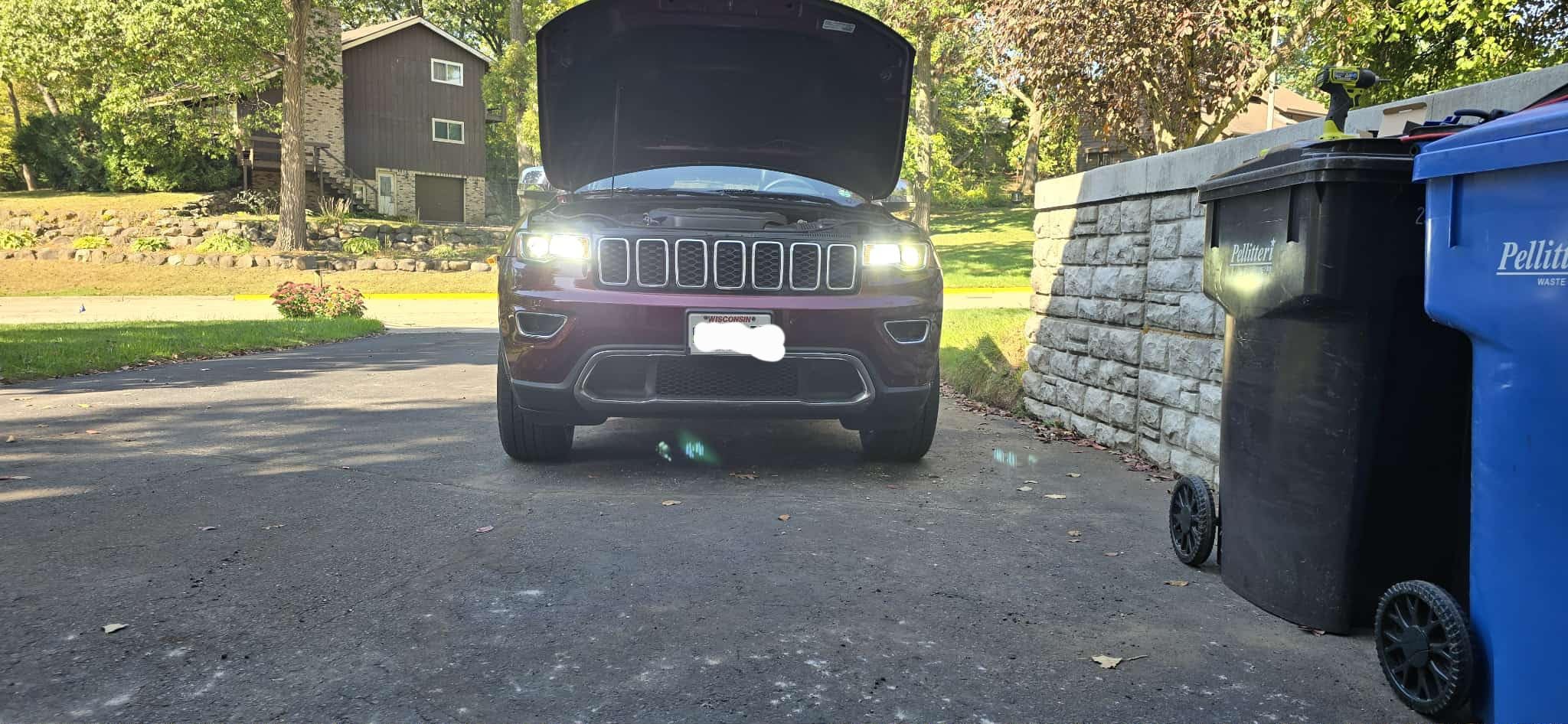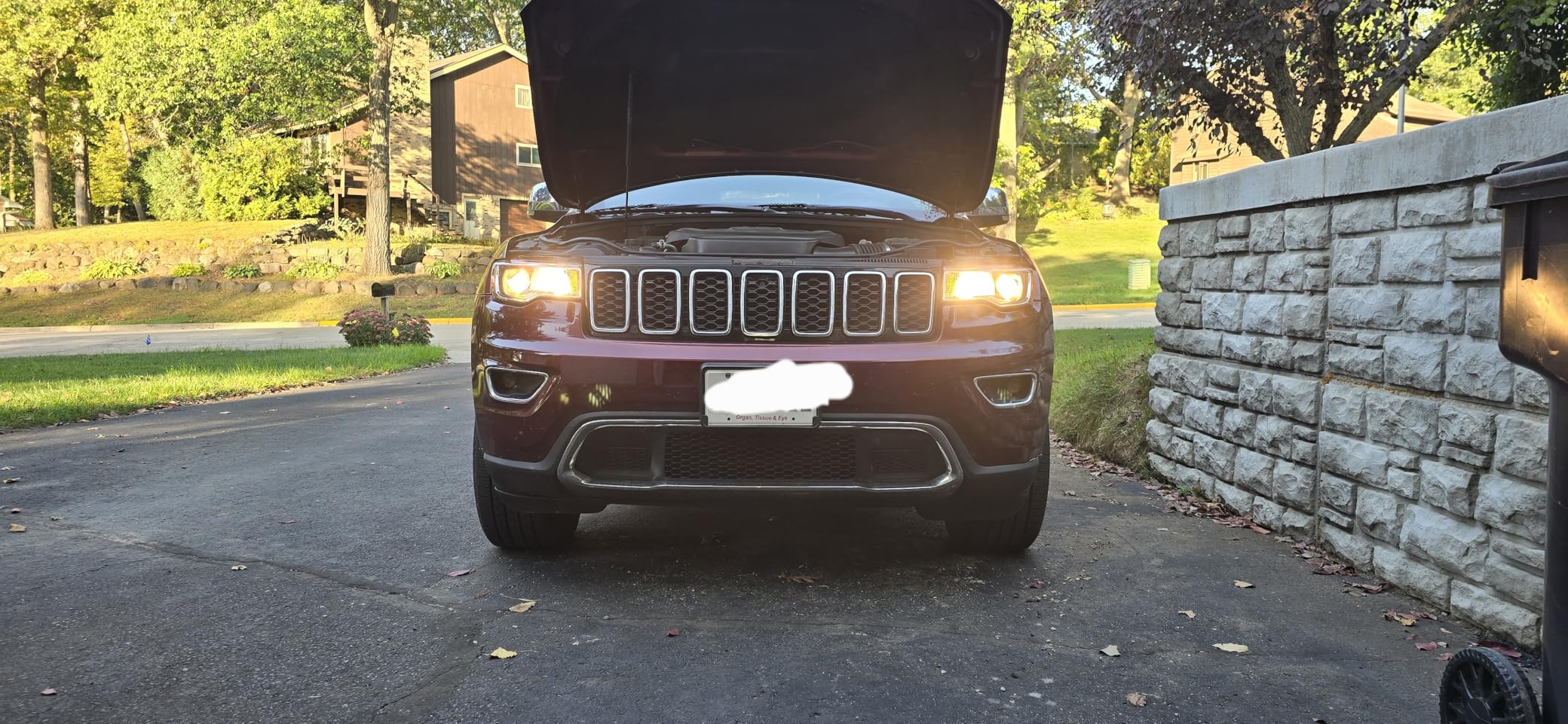When you are driving at night and your lights are not bright enough and you want to replace them, it is vital that you choose the right H11 LED headlight bulb, H11 bulbs can make driving at night easier and safer. Because you can see clearly from a longer distance. Facing a wide range of products in the market, mastering the core knowledge of H11 LED bulbs will be your guide to purchase.
We will comprehensively analyze: from basic concepts to practical applications, bring you to know the specification characteristics of H11 lamp head, compare the brightness difference and energy consumption performance of traditional halogen lamps, and unveil the mystery of heat dissipation design of LED lamp beads. You will also learn how these bulbs are adapted for use in low and high beam systems, and how they can achieve the perfect balance between rainy and foggy day penetration and clear night road illumination through precise color temperature adjustment. More importantly, we will analyze why LED headlights have become the first choice of global car enthusiasts for retrofitting - long service life, energy-saving and environmental protection features, and cool light effects - the technical principles behind these advantages are worth understanding in detail.
Understanding H11 LED Headlight Basic
What Exactly Are H11 LED Headlight Bulbs?
Before diving deeper into the various products and features available, it’s important to fully understand what exactly an H11 bulb is, especially in its modern LED format.
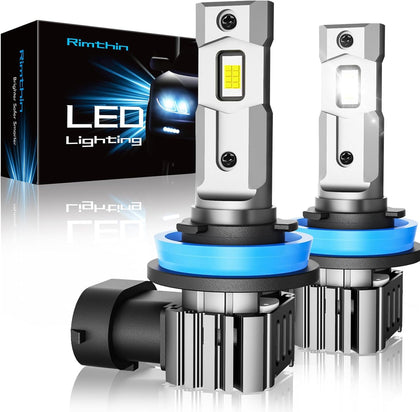
Definition and Technical Overview
The “H11” refers to a specific bulb classification standardized by automotive industry regulations. It’s a single-filament bulb type widely used as a low beam, high beam, or fog light bulb. The H11 bulb design includes an L-shaped socket and usually utilizes a plug-and-play connection method, making replacements simple for car owners.
When adapted into LED format, the H11 LED bulb incorporates semiconductor-based LED chips instead of traditional halogen filaments. The bulbs typically contain multiple LEDs strategically placed on a compact circuit board, accompanied by an efficient heat dissipation system—often in the form of heat sinks or miniature fans—to ensure longevity and consistent brightness.
Key features of H11 LED Bulbs include:
- High lumen output (brightness levels commonly ranging from 8000 to 12000 lumens per pair).
- Clearer and brighter beam patterns compared to halogen bulbs.
- Lower power consumption and heat generation.
- Longer lifespan (typically between 25,000 to 50,000 hours).
Common Applications of H11 LED Bulbs
One reason why H11 LED bulbs are extremely popular is due to their versatility. Vehicles typically use H11 bulbs in the following lighting applications:
- Low Beam Headlights: Providing sufficient visibility during normal driving conditions without dazzling other drivers.
- High Beam Headlights: Offering greater illumination for driving in rural areas or on poorly lit roads.
- Fog Lights: Effective in adverse weather conditions like fog, rain, or snow due to their brightness and color temperature options.
Due to their versatility, upgrading to H11 LED bulbs can significantly improve your driving experience across different weather and lighting conditions.

LED vs. Traditional Halogen H11 Bulbs – In-Depth Comparison
If you are still unsure whether upgrading to LED bulbs is worthwhile, understanding the detailed differences between LED and halogen bulbs will clear your doubts.
Brightness and Lumens
- Halogen bulbs typically provide around 1000–1500 lumens, creating a warmer, yellowish light.
- H11 LED bulbs can easily reach up to 12,000 lumens or more per pair, delivering crisp white or slightly bluish-white light. This higher lumen output drastically improves nighttime visibility.
Color Temperature and Visibility (Kelvin Rating)
- Halogen bulbs have a warm yellowish tone (~3000K–3500K), which can cause eye strain on long drives.
- H11 LEDs commonly range from 5000K to 6500K, offering a daylight-like appearance which reduces fatigue and improves reaction time at night.
Energy Efficiency
- Halogen bulbs typically consume 55 watts per bulb.
- H11 LEDs usually consume between 20 to 30 watts per bulb. Reduced wattage means less strain on your vehicle’s electrical system and battery.
Lifespan and Durability
- Traditional halogen bulbs typically last between 500 and 1000 hours.
- H11 LED bulbs generally last anywhere from 25,000 to 50,000 hours—more than 25 times the lifespan of traditional halogens. This significantly reduces the frequency and cost of bulb replacements.
Cost-Effectiveness
Although initially, LED bulbs are more expensive, their significantly longer lifespan, enhanced visibility, and lower energy consumption offer substantial cost savings over time, making them a smart long-term investment.
Major Advantages of Choosing H11 LED Headlight Bulbs
Selecting the best H11 LED headlight bulbs not only enhances visibility but also adds practical advantages, including improved safety, efficiency, and comfort.
Enhanced Visibility and Safety
LED bulbs deliver brighter, more consistent illumination, allowing drivers to spot obstacles and road hazards earlier. Improved visibility can drastically reduce accident risks, particularly during night driving or adverse weather conditions.
Reduced Power Consumption
LED bulbs draw significantly less current, reducing electrical load. This advantage can be especially beneficial for older vehicles or vehicles with limited battery capacity.
Exceptional Durability and Weatherproofing
H11 LED bulbs often feature solid-state designs, making them highly resistant to vibrations, shocks, and weather elements. With IP67 or IP68 waterproof ratings, they’re ideal even for off-road driving or harsh environments.
Plug-and-Play Installation Convenience
Most modern H11 LED headlight bulbs come with plug-and-play installation, eliminating the need for complicated modifications. This user-friendly installation makes upgrading accessible for virtually every vehicle owner.
Click to view: H11 HD Illustrations Installation tutorial PDF
Common Misconceptions and Mistakes When Choosing H11 LED Bulbs
Avoiding common mistakes and misconceptions is vital to ensuring satisfaction from your purchase:
- Higher lumens are always better: Too much brightness can cause glare and reduce safety. Ideal brightness is generally between 8,000 and 12,000 lumens.
- Color temperature misunderstanding: Many mistakenly believe higher Kelvin means better visibility. However, 6000K–6500K offers the optimal balance between visibility and eye comfort.
- Ignoring heat management: Effective cooling is critical for longevity. Choose bulbs with proper heat sinks or fans.
- CANBUS compatibility: Especially for European and modern vehicles, bulbs without built-in CANBUS can cause error messages on dashboards.
Being mindful of these points will help you choose the perfect bulb.
Conclusion : Why Upgrade to the Best H11 LED Headlight Bulbs?
In summary, upgrading to the best H11 LED headlight bulbs is a practical, worthwhile decision offering tangible benefits including enhanced safety, improved aesthetics, reduced energy consumption, and significantly longer bulb lifespan. Understanding their key features, applications, and differences from traditional bulbs is critical for making informed purchasing decisions.
Stay tuned as we continue our journey through this comprehensive buying guide—helping you find the best H11 LED headlight bulb that match your exact driving style and requirements.
